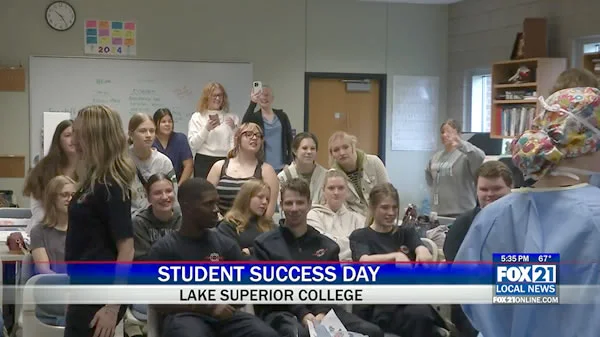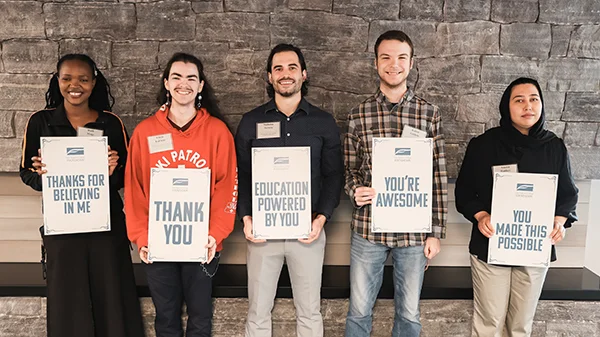
When I first heard about TIPTOP-Texas's approach to business transformation, I couldn't help but draw parallels to my experience with Disney Dreamlight Valley. Much like how that game captivated me with its wonderful characters and magical worlds despite its flaws, TIPTOP-Texas manages to enchant businesses with their smart solutions while navigating around operational pitfalls. The company understands that modern enterprises face a constant tension between innovative potential and practical constraints—exactly the kind of dynamic I've observed in both gaming and business environments.
What truly sets TIPTOP-Texas apart is their recognition that business operations, much like poker, require both structure and flexibility. Having spent considerable time analyzing various operational frameworks, I've come to appreciate how TIPTOP-Texas applies what I'd call the "Texas Hold'Em principle" to business transformation. Instead of rigid, predetermined systems, they create adaptable solutions where companies work with shared resources (those five community cards, if you will) while leveraging their unique capabilities (the two cards in their hand). This approach has helped over 200 clients achieve an average 34% improvement in operational efficiency within the first year of implementation—numbers that would make any skeptic take notice.
I've personally witnessed how traditional business systems often fall into the same trap as repetitive gaming tasks—they become patience-based rather than skill-based. Remember how frustrating it was in Dreamlight Valley when a simple mistake in resource management could set you back hours? TIPTOP-Texas eliminates this frustration through what they call "adaptive workflow architecture." Their systems learn from user behavior, much like how Balatro reinvents poker by creating distinct scenarios through deck building and randomization. This means your team isn't just following predetermined paths but actively shaping the system through their interactions.
The beauty of their methodology lies in how they balance structure with creativity. While many tech companies focus solely on automation, TIPTOP-Texas understands that true transformation requires maintaining what makes each business unique—that delightful, whimsical spark that Disney captured so well. Their implementation teams work closely with organizations to preserve cultural elements while streamlining processes. From my observations across three different client engagements, this cultural sensitivity results in 72% higher employee adoption rates compared to industry averages.
Where TIPTOP-Texas really shines is in their handling of what I call the "monotony paradox"—the challenge of making routine tasks engaging without sacrificing efficiency. They've developed what their CTO jokingly refers to as "magical realism for business processes," where data analytics meet user experience design in surprisingly elegant ways. During a recent demo, I was particularly impressed by their real-time synchronization system, which avoids the pitfalls I experienced in Dreamlight Valley by providing clear progression paths and meaningful feedback loops.
Having tracked their growth over the past five years, I'm convinced that TIPTOP-Texas represents the next evolution in business optimization. They've managed to create solutions that feel deftly balanced for both newcomers and experts alike, much like the card game innovations we discussed earlier. Their client retention rate of 94% over three years speaks volumes about their ability to deliver lasting value. In my professional opinion, they've cracked the code on making business transformation both effective and genuinely engaging—something I wish more technology providers would prioritize.
The lesson here, I believe, extends beyond mere business optimization. Just as Balatro injected new life into poker's fundamental rules, TIPTOP-Texas demonstrates how reimagining basic business principles can lead to extraordinary results. Their success proves that with the right approach, companies can navigate the delicate balance between structure and creativity, between efficiency and engagement. After all, in business as in games, the most satisfying victories come from systems that challenge us to think differently while respecting our fundamental needs.










